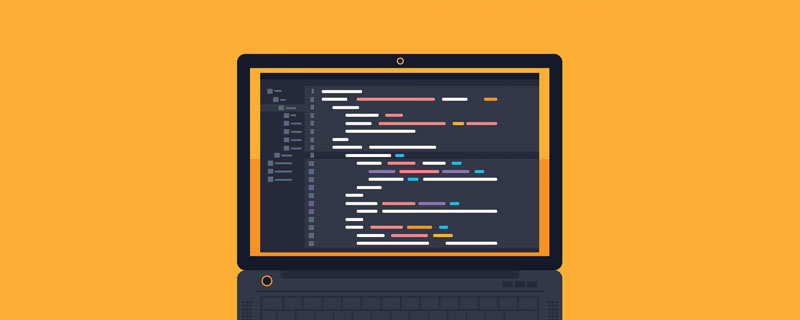Alt in html is a parameter attribute. The function of alt is to display alt text as a remedial measure when the object of the HTML element itself cannot be rendered; the alt attribute is mainly used for img and area elements. middle.

The operating environment of this article: Windows7 system, HTML5&&CSS3 version, Dell G3 computer.
alt is a parameter attribute used in web languages HTML and XHTML to output plain text. Its function is to display alt (replacement) text as a remedial measure when the object of the HTML element itself cannot be rendered. .
The alt attribute is mainly used for the two img and area elements. The syntax of the alt attribute is as follows:
<img alt="..." /> <area alt="..." />
alt is a required attribute, which specifies the alternative text when the image cannot be displayed. The alt attribute is used to describe the image on the web page. The prompt displayed when the cursor is on the image is implemented using this tag.
If the user cannot view the image due to the following reasons, the alt attribute can provide alternative information for the image:
1. The network speed is too slow.
2. Error in the src attribute
3. The browser disables images
4. The user is using a screen reader
The alt attribute of the tag specifies alternative text for use in images Content that is displayed in the browser instead of the image when it cannot be displayed or when the user disables image display.
Function
From the perspective of SEO and user experience, ALT-replacement attributes are necessary. Their importance mainly includes: Web page content relevance is keyword optimization The premise is that search engines believe that the pictures on the web page should be related to the theme of the web page.
Conversely, when search engines want to determine the keywords of a web page, the ALT-replacement attribute of the image is a trusted reference point. So, don’t forget to replace the attribute
in the ALT attribute of the image
Importance
The alt attribute of the image is the only image information that search engines can recognize. Therefore, when optimizing the website When using alt attributes, try to use the alt attribute to describe the theme content of the image, but avoid overlapping keywords. The image attribute not only tells the search engine the main information of the image, but also allows visitors to understand when the image fails to load. Understand what the picture says! is used to describe the pictures on the web page. The prompt displayed when the cursor is on the picture is implemented using this tag. From the perspective of SEO and user experience, ALT-replacement attributes are necessary, and their importance mainly includes: Relevance of web page content is the prerequisite for keyword optimization. Search engines believe that pictures on web pages should be consistent with Web page theme related. Conversely, when search engines want to determine the keywords of a web page, the ALT-alternative attribute of the image is a trusted reference point. So, don’t forget to add the keywords of the web page in the ALT-replacement attribute of the image. Sometimes the images on the web page cannot be displayed due to some reasons, such as using a screen reader, low bandwidth, network obstruction, etc. For more detailed HTML/css knowledge, please visit the ###HTML video tutorial### column! ###The above is the detailed content of What does alt mean in html. For more information, please follow other related articles on the PHP Chinese website!
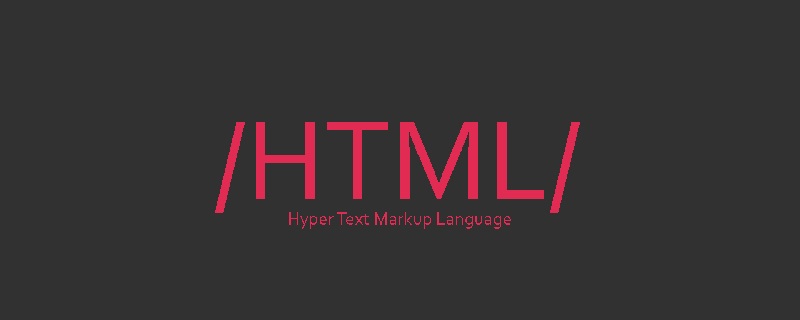 HTML超文本标记语言--超在那里?(文档分析)Aug 02, 2022 pm 06:04 PM
HTML超文本标记语言--超在那里?(文档分析)Aug 02, 2022 pm 06:04 PM本篇文章带大家了解一下HTML(超文本标记语言),介绍一下HTML的本质,HTML文档的结构、HTML文档的基本标签和图像标签、列表、表格标签、媒体元素、表单,希望对大家有所帮助!
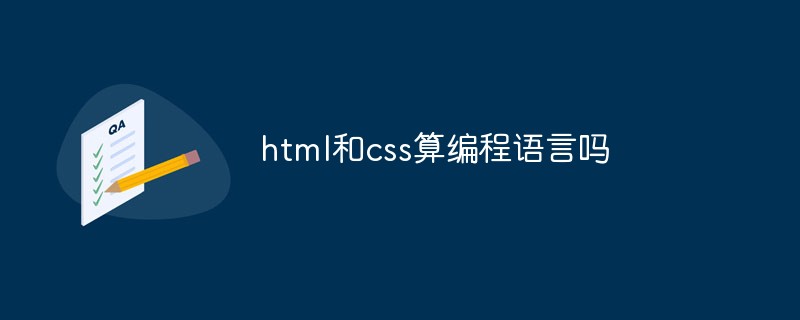 html和css算编程语言吗Sep 21, 2022 pm 04:09 PM
html和css算编程语言吗Sep 21, 2022 pm 04:09 PM不算。html是一种用来告知浏览器如何组织页面的标记语言,而CSS是一种用来表现HTML或XML等文件样式的样式设计语言;html和css不具备很强的逻辑性和流程控制功能,缺乏灵活性,且html和css不能按照人类的设计对一件工作进行重复的循环,直至得到让人类满意的答案。
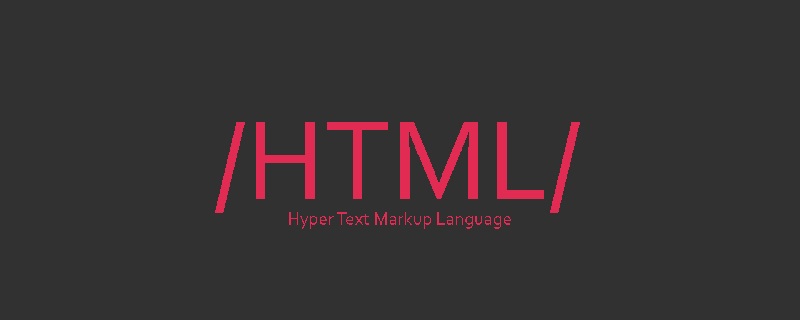 web前端笔试题库之HTML篇Apr 21, 2022 am 11:56 AM
web前端笔试题库之HTML篇Apr 21, 2022 am 11:56 AM总结了一些web前端面试(笔试)题分享给大家,本篇文章就先给大家分享HTML部分的笔试题(附答案),大家可以自己做做,看看能答对几个!
 HTML5中画布标签是什么May 18, 2022 pm 04:55 PM
HTML5中画布标签是什么May 18, 2022 pm 04:55 PMHTML5中画布标签是“<canvas>”。canvas标签用于图形的绘制,它只是一个矩形的图形容器,绘制图形必须通过脚本(通常是JavaScript)来完成;开发者可利用多种js方法来在canvas中绘制路径、盒、圆、字符以及添加图像等。
 html中document是什么Jun 17, 2022 pm 04:18 PM
html中document是什么Jun 17, 2022 pm 04:18 PM在html中,document是文档对象的意思,代表浏览器窗口的文档;document对象是window对象的子对象,所以可通过“window.document”属性对其进行访问,每个载入浏览器的HTML文档都会成为Document对象。
 html5废弃了哪个列表标签Jun 01, 2022 pm 06:32 PM
html5废弃了哪个列表标签Jun 01, 2022 pm 06:32 PMhtml5废弃了dir列表标签。dir标签被用来定义目录列表,一般和li标签配合使用,在dir标签对中通过li标签来设置列表项,语法“<dir><li>列表项值</li>...</dir>”。HTML5已经不支持dir,可使用ul标签取代。
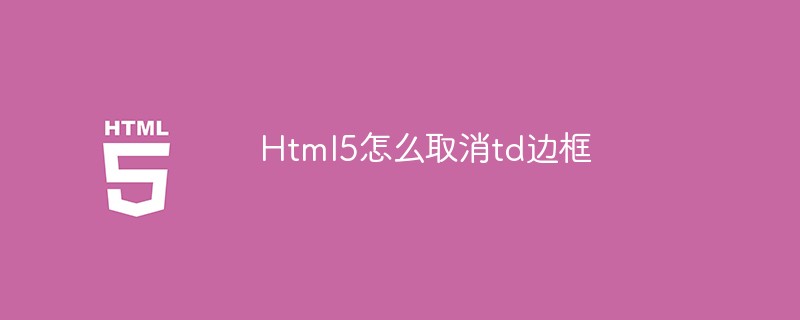 Html5怎么取消td边框May 18, 2022 pm 06:57 PM
Html5怎么取消td边框May 18, 2022 pm 06:57 PM3种取消方法:1、给td元素添加“border:none”无边框样式即可,语法“td{border:none}”。2、给td元素添加“border:0”样式,语法“td{border:0;}”,将td边框的宽度设置为0即可。3、给td元素添加“border:transparent”样式,语法“td{border:transparent;}”,将td边框的颜色设置为透明即可。


Hot AI Tools

Undresser.AI Undress
AI-powered app for creating realistic nude photos

AI Clothes Remover
Online AI tool for removing clothes from photos.

Undress AI Tool
Undress images for free

Clothoff.io
AI clothes remover

AI Hentai Generator
Generate AI Hentai for free.

Hot Article

Hot Tools

PhpStorm Mac version
The latest (2018.2.1) professional PHP integrated development tool

Atom editor mac version download
The most popular open source editor

SublimeText3 Linux new version
SublimeText3 Linux latest version

ZendStudio 13.5.1 Mac
Powerful PHP integrated development environment

mPDF
mPDF is a PHP library that can generate PDF files from UTF-8 encoded HTML. The original author, Ian Back, wrote mPDF to output PDF files "on the fly" from his website and handle different languages. It is slower than original scripts like HTML2FPDF and produces larger files when using Unicode fonts, but supports CSS styles etc. and has a lot of enhancements. Supports almost all languages, including RTL (Arabic and Hebrew) and CJK (Chinese, Japanese and Korean). Supports nested block-level elements (such as P, DIV),





